What is an Orthodontist?
An orthodontist is a dental specialist who straightens teeth to correct bites for optimum oral health. More specifically, an orthodontist is a specialist who works in a field of dentistry which diagnoses overbites, occlusions, misaligned teeth and jaws, and overcrowded mouths. This is called orthodontics (and also sometimes called dentofacial orthopedics), and it was formerly referred to as orthodontia and defined as a separate field of dentistry that deals specifically with the diagnosis, prevention and correction of malpositioned teeth and jaws. The correction is the important part as orthodontia is more than just identifying the problems, but also includes the treatment of irregularities in the teeth (especially of alignment and occlusion) and jaws, including the use of braces and other devices.
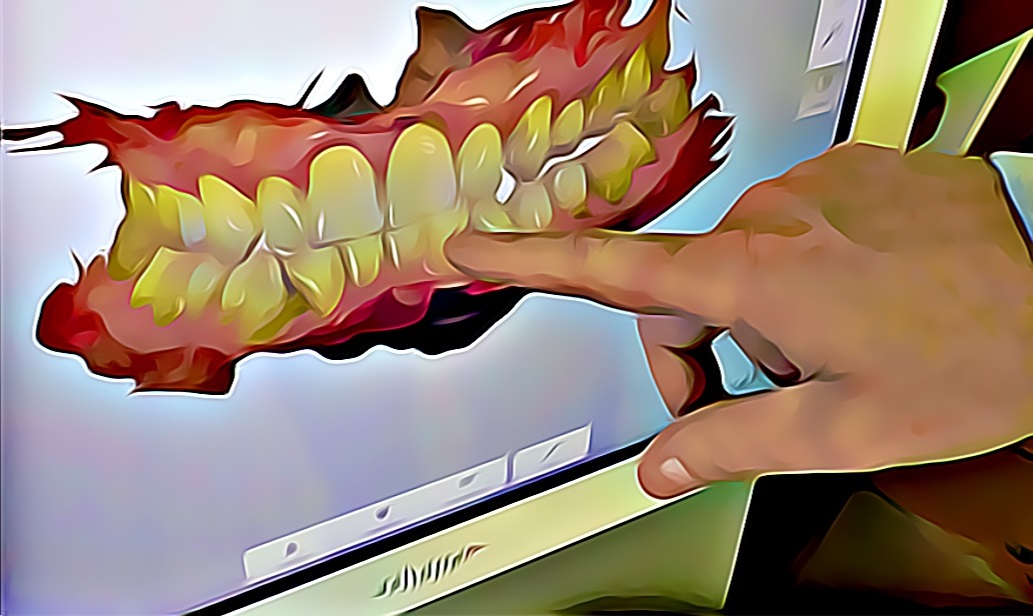
An orthodontist is a dental specialist who straightens teeth. More specifically, an orthodontist is an oral health practitioner who works in the field of dentistry that diagnoses overbites, occlusions, misaligned teeth and jaws, and overcrowded mouths. This is called orthodontics (and also sometimes called dentofacial orthopedics) and it was formerly referred to as orthodontia and defined as a separate field of dentistry that deals specifically with the diagnosis, prevention and correction of malpositioned teeth and jaws. The correction is the important part as orthodontia is more than just identifying the problems, but also includes the treatment of irregularities in the teeth (especially of alignment and occlusion) and jaws, including the use of braces and other devices.
Digital imaging and digital printing have really advanced orthodontics magnificiently in the last two decades. Digital radiography is a type of X-ray imaging that uses digital X-ray sensors to replace traditional photographic X-ray film, producing enhanced computer images of teeth, gums, and other oral structures and conditions. The direct method uses electronic sensors placed in the mouth to record images with laser light or sound or other mediums and only using harmful X-rays now when assessing bone matter. These devices take pictures front and back and run computer modeling programs which put them together and give the dental practitioner a very good look at what’s happening and how to correct the problems.
- Who needs orthodontists?
- What is orthodontic treatment?
- Is Invisalign also called clear-aligner treatment?
- Can 3D printers create oral devices?
- Orthodontics and Oral Surgery
- What’s the difference between a dentist and an orthodontist?
- Is Myobrace considered Interceptive Orthodontics?
- Can space maintainers replace missing baby teeth?
- Orthodontists monitor patients’ mouths after treatment
Who needs orthodontists?
People born with awkward bites can have a more difficult life as our appearance and how we eat our food is central to our character and personality. In this respect, people of any age can benefit from seeing an orthodontist and getting treatment. Patients that have crooked teeth, or crowded teeth, or teeth that stick out too far are affected by the way their smiles look, and the way their mouths perform masticating food and enunciating words. Orthodontic treatments not only improve the look of patients’ smiles, but also their mental and physical health. Straight teeth are easier to clean and less likely to suffer tooth decay or injury. If you are not happy with the way your teeth look or work, orthodontic treatment may help.
What is orthodontic treatment?
Orthodontic treatment straightens your teeth so they appear more attractive and function more effectively. In many cases the patient wears braces or other appliances that are employed to apply gentle pressure on your teeth. The constant push that’s exerted over a number of months or years can move mountains, and can certainly move teeth into another position. An orthodontist is required to determine how much pressure and how much time is required to achieve the correct position.
Is Invisalign also called clear-aligner treatment?
Clear aligners, also known as clear-aligner treatment, are orthodontic devices that are a transparent, plastic form of dental braces used to adjust teeth. As of 2019 there are more than twenty seven different products available including ClearCorrect, SureCure and Invisalign.
Generally speaking, clear aligners are quite effective at helping correct moderate crowding of the front teeth, but less effective than conventional braces for several other issues and are not recommended for children. In particular, they’re indicated for “mild to moderate crowding (1–6 mm) and mild to moderate spacing (1–6 mm), and in cases where there are no discrepancies of the jawbone. They are also indicated for patients who have experienced a relapse after fixed orthodontic treatment.
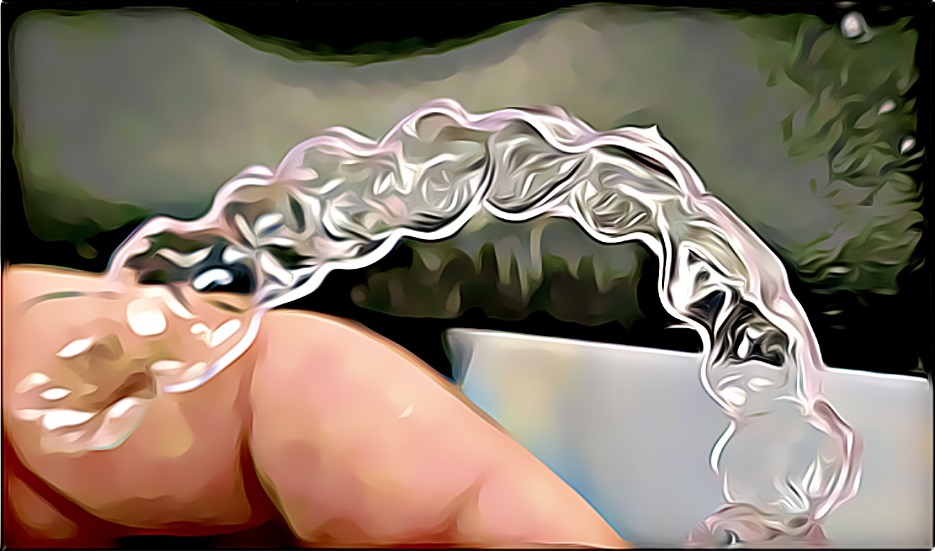
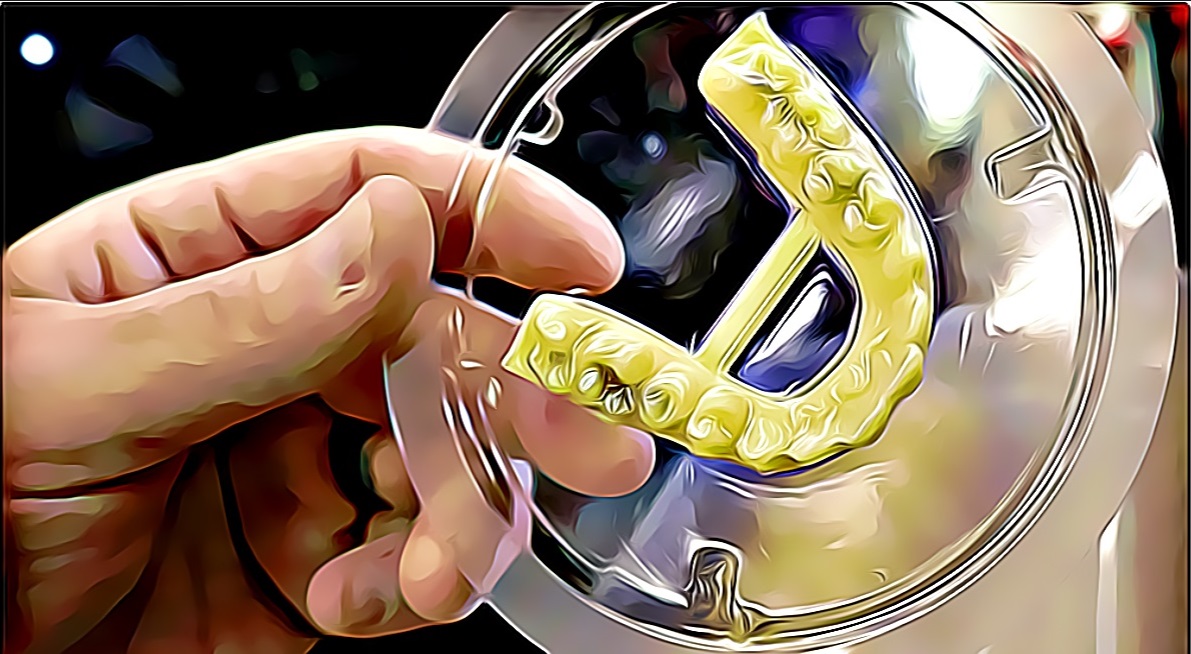
Can 3D printers create oral devices?
Yes. Laser scanners can be used to map corrections, and the same scans can be used to print actual corrective devices. Three dimensional printing of clear plastic aligners begins with the production of printable pharmaceutical-grade (PG) filaments loaded with the desired compound by hot melt extrusion (HME). Each filament is worn for a certain period of time before the next is applied. FDM-based 3D printing, or fused filament fabrication is a 3D printing process that uses a continuous filament of a thermoplastic material. Each fit and the performance of the next device is measured via routine appointments at the orthodontist.
Orthodontics and Oral Surgery
Orthodontists will occasionally perform dental surgery to affect tooth removal in some cases outlined above, and in the case of tooth crowding in particular. If your teeth are crowded, or if one or two are badly out of position, orthodontists may recommend extraction to help repair that patient’s bite. Jaw surgery (also called orthognathic surgery) may be needed when there are major differences in the size or position of the upper and lower jaws resulting in an over-jet or an underbite as described above. If your orthodontist thinks you will need jaw surgery, he or she will refer you to an oral and maxillofacial surgeon.
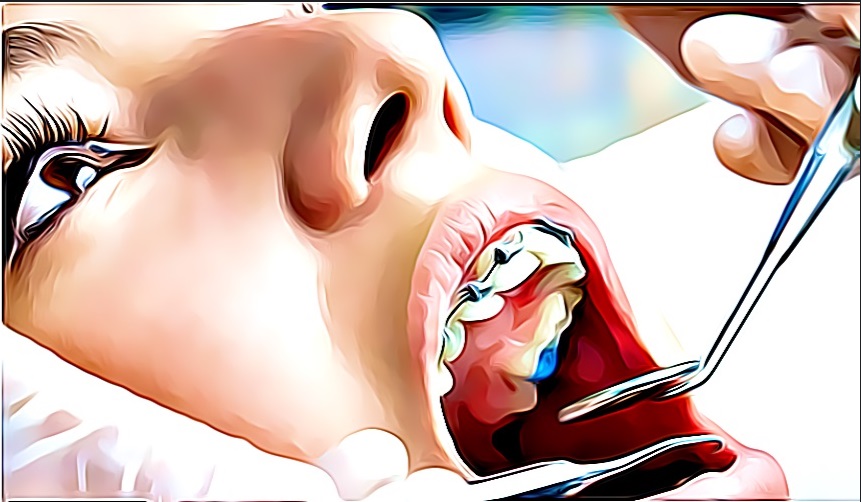
What’s the difference between a dentist and an orthodontist?
An orthodontists is a specialist. All orthodontists are dentists, but few dentists are orthodontists. That’s because every orthodontist starts out in dental school. Upon completion of a regular dentist’s education, some graduates immediately go into practice. Others however may choose to pursue a specialty, which requires additional schooling during a two- to three-year residency program. Orthodontics is one of nine specialties recognized by the Canadian Dental Association.
Dentists often get some orthodontics training, at some point in their careers; they can upgrade their skills in supplementary courses at anytime. But trained orthodontists take it more seriously; they spend two to three years longer in university than dentists to become accredited as specialists.
Is Myobrace considered Interceptive Orthodontics?
It’s never too early to keep an eye on your child’s oral development. Orthodontists who look at your child’s teeth can sometimes identify future issues, specifically malocclusions, which are crowded or crooked teeth or bite problems, and actively intervene to guide the teeth as they emerge in your child’s mouth. Such early orthodontic treatments can sometimes prevent more extensive treatment later-on when they’re teenagers.
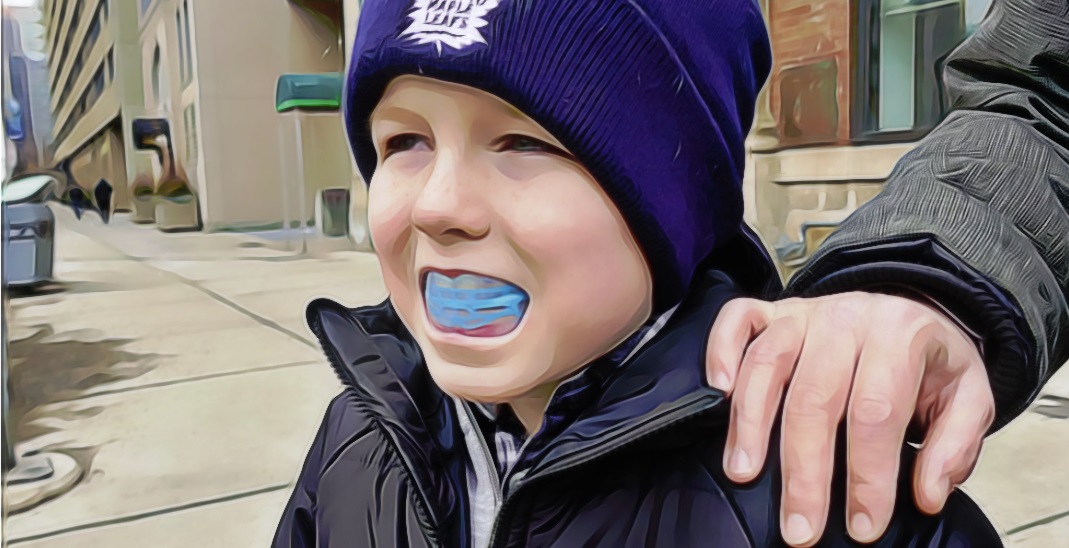
In some cases, it’s helpful to start orthodontic treatment before all the permanent (adult) teeth emerge. This is called interceptive orthodontics. Orthodontic screenings can be used to discover if your child will need orthodontic treatment to correct a potential ‘bad bite’. Interceptive orthodontics allows your dentist or orthodontist to treat or stop a problem as its developing.
Myobrace is a preformed functional orthodontic device, especially used in interceptive orthodontic cases. Its mechanism of action is a combination of a functional device, a positioner and a myofunctional therapy device. Archer Dental proudly offers Myobrace®, a no-braces approach to straightening children’s teeth and jaws.
Children ages four and older can employ braces for any number of reasons, including crooked, overlapping, or overcrowded teeth, or a “bad bite” (known as malocclusion). Malocclusion is when there’s a difference in the sizes of the top and bottom jaws. When the upper jaw is bigger than the lower jaw, it’s called an overbite. When the lower jaw is bigger, it’s called an underbite.
Sometimes tooth and jaw problems can be caused by losing baby teeth too soon, accidents, or habits like thumb sucking. But often they’re inherited, and so if you or someone in your family needed braces at one time in their life, then it’s quite likely that your kids will need them too.
Often, your child’s dentist will be the first to notice problems during a regular visit and recommend that you see an orthodontist (a dentist who specializes in correcting jaw and/or teeth alignment problems). The orthodontist can decide whether your child does indeed need braces and which devices would be best.
There’s no set age for a child’s first orthodontist visit — some kids go when they’re 6, some kids go when they’re 10, and some go while they’re teens. Even adults can need orthodontic treatment. Many orthodontists say kids should see an orthodontist once their permanent teeth start coming in, around age 7. At this age, issues such as uneven bite and overcrowding will become apparent.
The position of your teeth and jaws has an effect on your bite. Your bite is how your top and bottom teeth come together. When your top and bottom teeth do not fit together properly, this is called a malocclusion or a bad bite. Problems like missing, crooked, crowded or protruding teeth can contribute to a bad bite. Thumb or finger sucking may also affect your bite.
3D printed dental device from SureCure – DigitalOrtho, which is a Canadian oral health device maker that uses the latest 3D imaging and 3D printing technology to make clear braces and retainers for patients in easy-to-follow orthodontic treatments.
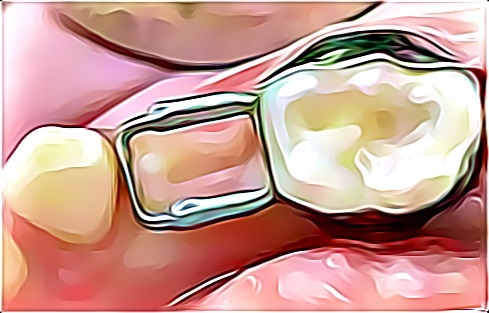
Can space maintainers replace missing baby teeth?
Baby teeth play are important role in helping the development of your child’s mouth and jaw as they hold space for adult teeth. When children are young, they need teeth for eating, smiling, and speaking but their jaws are not big enough to handle an adult set of teeth yet. So until their jaw has developed enough space, baby teeth are needed to fill up the mouth. Once children outgrow their small set of teeth, their jaw is ready for larger adult teeth.
If a baby tooth is lost too soon, the teeth beside it may tilt or drift into the empty space. Teeth in the other jaw may move up or down to fill the gap. When adjacent teeth shift into the empty space, they create a lack of space in the jaw for the permanent teeth that still coming. So, permanent teeth come in crowded or crooked. If left untreated, the condition may require extensive orthodontic treatment.
Space maintainers are used to keep the space previously occupied by the missing tooth available for the adult replacement and works to avoid further space loss. When your child reaches the appropriate age, the spacer will be removed so that the permanent teeth can erupt properly into the mouth.

Orthodontists monitor patients’ mouths after treatment.
Keeping teeth in place after treatment is important, as human teeth are never set in any one position. They are always subject to pushes and pulls and force from tongue, jaw and mouth muscles. Once braces have been removed, a retainer is often used to keep all your teeth in the right place. Retainers are fixed (attached to the teeth) or removable. They may need to be worn all the time, or just some of the time, and its an orthodontist who makes that decision.
Orthodontics at Archer Dental Toronto
Orthodontic treatments occur with some regularity at Archer Dental Baby Point, and Archer Dental Little Italy and at Archer Dental Rosedale at Sherbourne Ave. & Bloor Street in Toronto.

